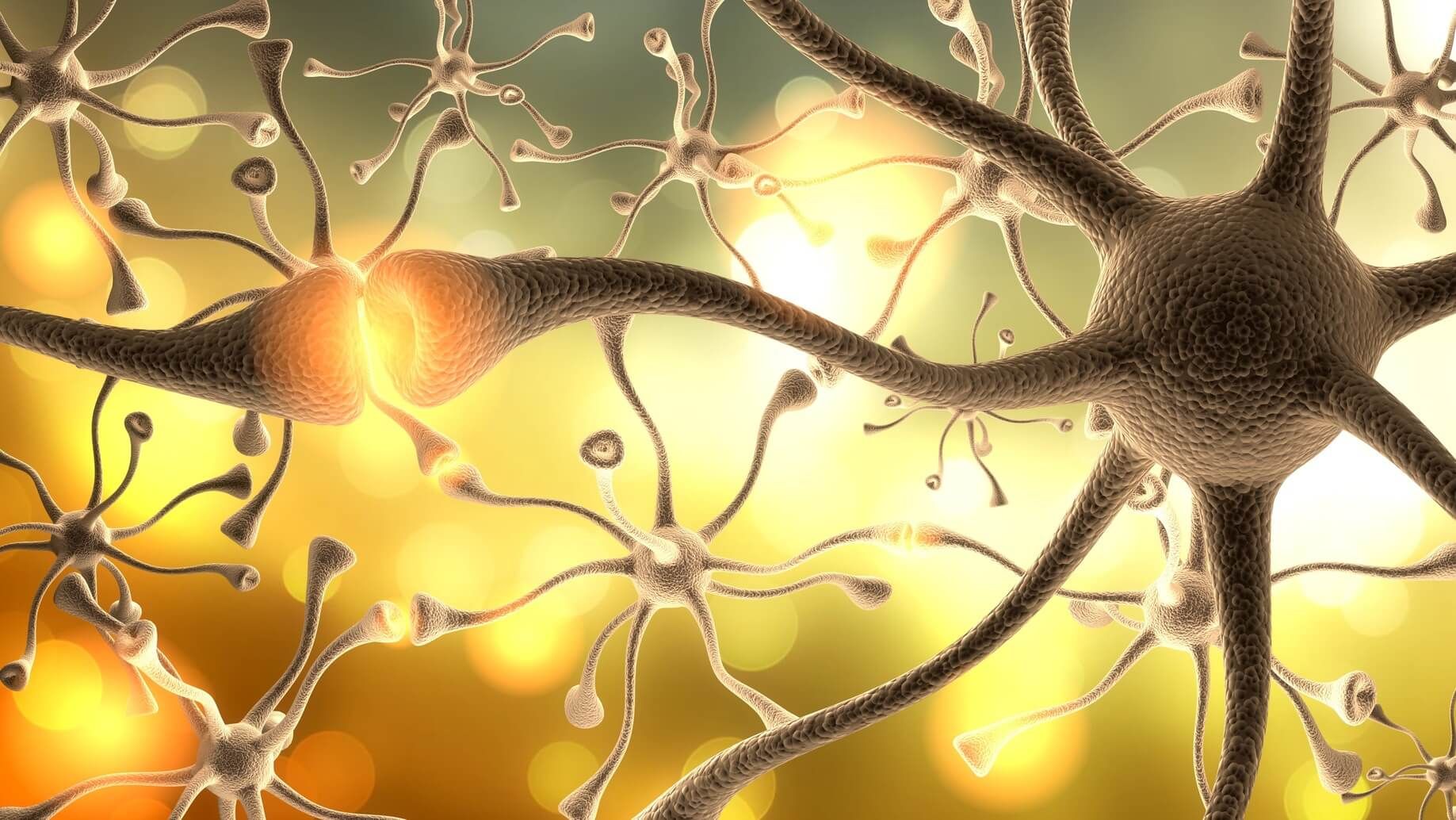Films like LUCY and LIMITLESS have been on everyone's lips for a while now – because they address what our brain is capable of, or rather, what it supposedly could be capable of if we use it to its full potential. The films are certainly exciting, but what they claim about the brain is, from a neuroscientific perspective, complete nonsense.
Is the movie Lucy right?
In the film, gangsters implant "a package containing something very special" into Lucy's (Scarlett Johansson) stomach in order to smuggle it across the border. The package bursts, and the drug enters Lucy's bloodstream. Her brain subsequently develops superhuman abilities: Lucy can move objects with just her mind, learn Chinese in an hour, and much more. All of this is, of course, Hollywood fiction, because the film's basic premise is already questionable: At the beginning of the film, neuroscientist Professor Norman, played by Morgan Freeman, explains: "They say we humans only use 10 percent of our cerebral capacity. But what if there were a way to access 10 percent? What would we be capable of then?"
Do we only use 10% of our brain capacity?
Well, Professor Norman, everyone can observe for themselves what we're capable of when we use one hundred percent of our brain, because each of us already uses one hundred percent of our brain capacity. Unless, of course, you suffer from brain damage or a neurological disease like Alzheimer's. The archaic regions of the brain alone—the brain stem and cerebellum—which control automatic bodily functions like breathing and balance, among other things, already account for more than ten percent of our brain activity—just for purely life-sustaining functions.
Furthermore, basic principles of biology teach us that it's impossible to leave 90 percent of the brain unused. Unused cells or tissues tend to atrophy. This is clearly evident, for example, in the immediate shrinkage of muscles when a limb is in a plaster cast. Likewise, unused parts of the brain would also atrophy after a short time, which would have similar effects to, for example, a stroke. In these cases, parts of the brain can be damaged by a lack of oxygen, which can have dramatic effects on normal brain functions. But if we were to lose 90 percent of our brain through disuse, we would simply no longer be able to survive.
100% brain activity would be fatal
But perhaps Professor Norman meant something else. Perhaps he wanted to say that while in principle all parts of the brain are functioning, at any given time only 10% of the nerve cells are active, i.e., transmitting signals or "firing," as the neurobiologist says. But this interpretation wouldn't be any more accurate. No matter what method you use to measure brain activity, more than 10% of the cells are always active—even during sleep. And conversely: It would be very unhealthy if 10% of all neurons in the brain were suddenly active, because that would inevitably lead to a fatal epileptic seizure.
The bottom line is: Enjoy the exciting thriller, but don't take Dr. Norman's "neuroscientific" statements and the corresponding content of the film seriously. There are drugs that induce hallucinations, alter the psyche, influence the wake/sleep cycle, or the perception of pain, but there will certainly never be any that can move objects or learn Chinese. And we all use 100 percent of our brain capacity; perhaps we could increase its effectiveness.
And for mental performance, concentration, memory, and attention, there are a whole range of natural active ingredients that help you keep your ambitious goals in sight and work steadily toward achieving them. BRAINEFFECT products are based on study-based research and are developed by physicians and nutritionists.















